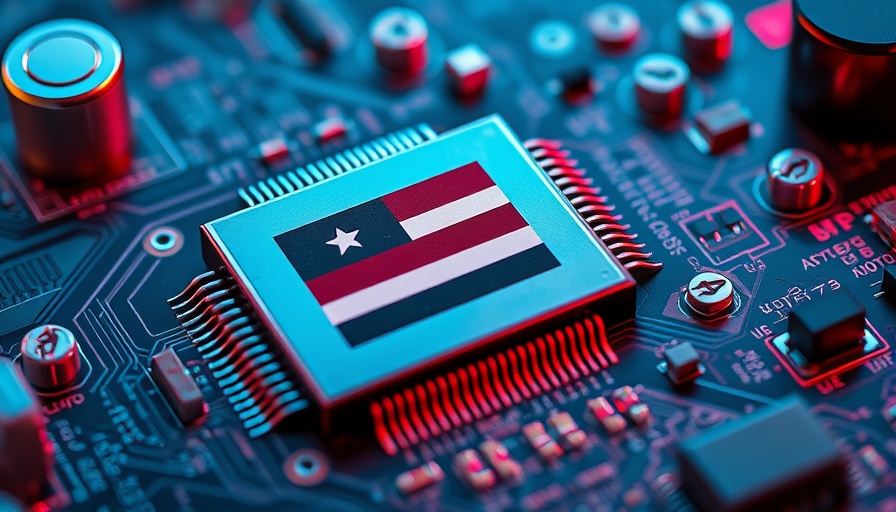
Cybersecurity Crisis: How State-Sponsored Hackers Target Telecoms
In a profound escalation of cyber threats, a recent breach of a Canadian telecommunications provider has raised alarms worldwide. Suspected Chinese state-sponsored hackers, operationally tied to a group called Salt Typhoon, exploited a serious vulnerability in Cisco equipment. This particular flaw, disclosed in October 2023 and patched shortly thereafter, highlights the critical need for proactive cybersecurity measures—but what does this mean for organizations worldwide?
The Salient Vulnerability: CVE-2023-20198
The vulnerability, known as CVE-2023-20198, allowed hackers to access critical network devices, such as switches and routers, particularly those exposed to the Internet. Despite patching efforts, the Rush to resolve vulnerabilities often leads to overlooking layers of digital defenses. Exploits of such high severity could suggest that many organizations remain at risk if they do not prioritize timely updates and adequate monitoring.
Implications for Global Telecom Security
This breach is indicative of a broader trend in the cybersecurity landscape. Global tech leaders in Silicon Valley, Europe, and Asia must remain vigilant. Incidents involving similar tactics have impacted multiple US telecommunications firms, demonstrating a pattern of sophisticated attacks that extend beyond geographical borders. As Salt Typhoon maneuvers through vulnerable infrastructures, governmental and private organizations face increasing pressures to enhance their defense mechanisms.
The Role of AI in Cyber Defense
The attack highlights an urgent need for advanced digital security AI solutions. Tools powered by machine learning are essential for threat analysis, real-time responses to security breaches, and vulnerability detection. Incorporating AI in cybersecurity can significantly mitigate risks, employing predictive models to spot unusual behavior before it triggers disaster. Utilizing AI for fraud prevention and automated security not only preemptively combats these threats but provides organizations with a competitive edge.
Future Outlook: Cybersecurity Trends for 2025
As we advance into 2025, the need for enhanced cybersecurity advancements is clear. The rise of AI-powered security solutions will reshape how organizations approach risk management. Implementing AI tools to arm digital infrastructure against cyber threats will not just be an option; it will become a necessity for survival in an increasingly interconnected world.
The recent incident involving Canadian telecoms serves as a stark reminder of the vulnerabilities that digital systems face. As experts anticipate rising cybersecurity trends, it is crucial for enterprises to stay informed and adopt modern defense strategies.
 Add Row
Add Row  Add
Add 




 Add Row
Add Row  Add
Add 



Write A Comment